What’s the distraction element of the race, and why doesn’t it look like other Formula 1 cars? You might wonder when watching the safety car in action, especially for the first time. But, it is the rule-keeper of the Grand Prix in case of any eventuality. However, what exactly is a safety car in F1 racing, and how does it work? Here are the answers.
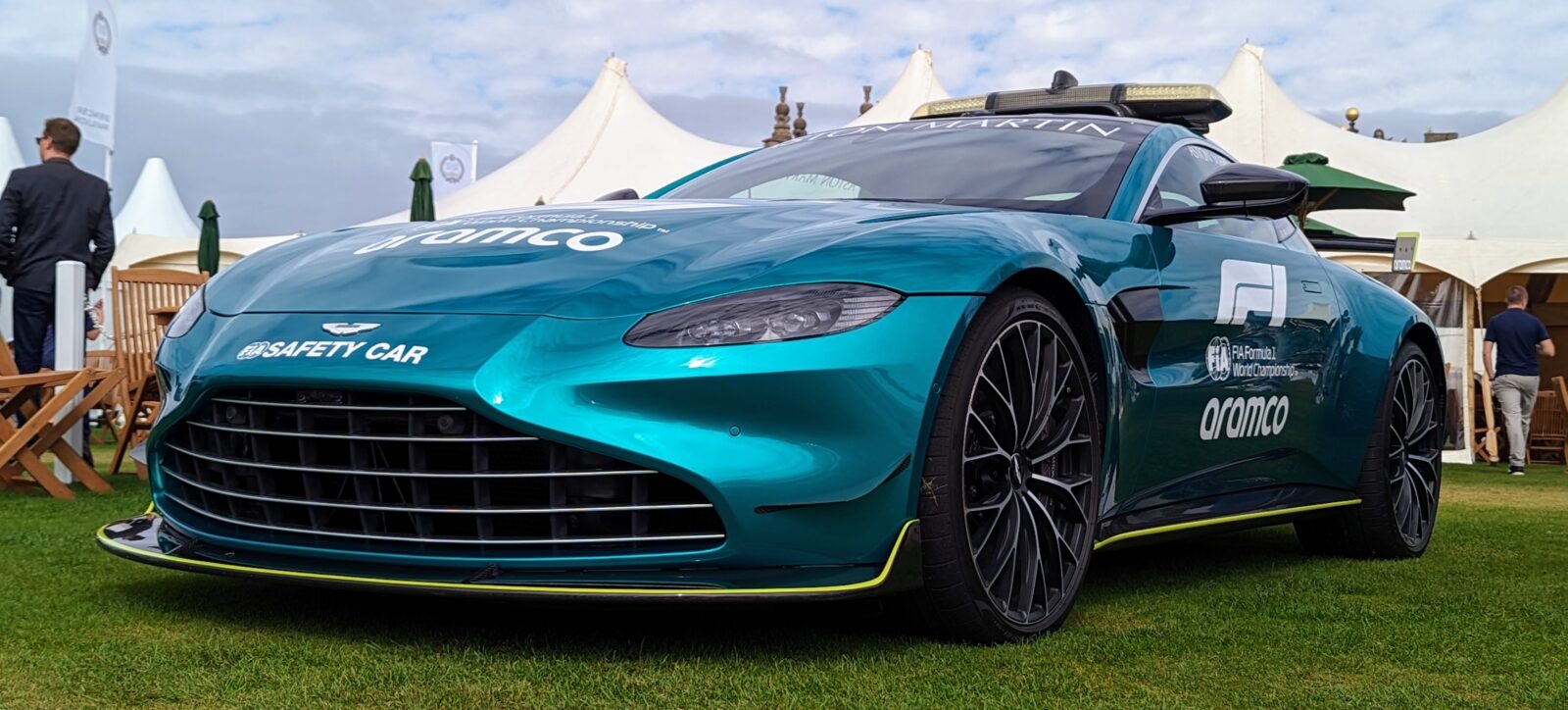
How Do You Distinguish The F1 Safety Car From The Participants?
A safety car in Formula 1 is a racing coupe car that appears on the track when the electronic system or the ‘Virtual Safety car’ (VSC) mode is not enough for the stewards and marshals to handle the safety situation on the track.
Aston Martin and Mercedes-Benz are the manufacturers that supply the safety and medical cars in Formula 1. Not to be confused with the drivers, the safety car is a silver or red Mercedes-AMG GT R or a solid green Aston Martin Vantage with regular driver Bernd Maylander at the wheel.
And yes, don’t mix it up with the medical SUV, a red or black Mercedes-AMG C 63 S Estate, or a green Aston Martin DBX707.
With a doctor on board, Karl William Reindler and Bruno Correia share the driving duties of the medical car, which is ready to administer first aid or take an F1 racer to the hospital if necessary.
You might ask, though, why is the safety car, not a Formula 1 car, which would be more effective at keeping the participants in order?
Everything is simple, my friend. Safety cars and Formula 1 cars serve different purposes. A Formula 1 car is designed to set speed records in racing, while a safety car is made to test racing conditions.
The Safety Car Cannot Be A Formula 1 Car
Moreover, it is unlikely that we will see a safety car that looks like the Formula 1 vehicle, at least soon. First, SC has to accommodate almost two people: the driver and a co-driver. It is essential for communication and coordination in a race incident.
Second, the SC is equipped with massive communication systems, lights, etc., that are not available in the streamlined design of a Formula 1 car due to the extra space.
This automotive must prioritize stability and control over raw speed to safely handle any situation on the track.
Finally, there are budget constraints. Building a safety car to the same specifications as a technologically advanced Formula 1 car means that Mercedes and Aston Martin would have to charge for an additional F1 car, which would be costly.
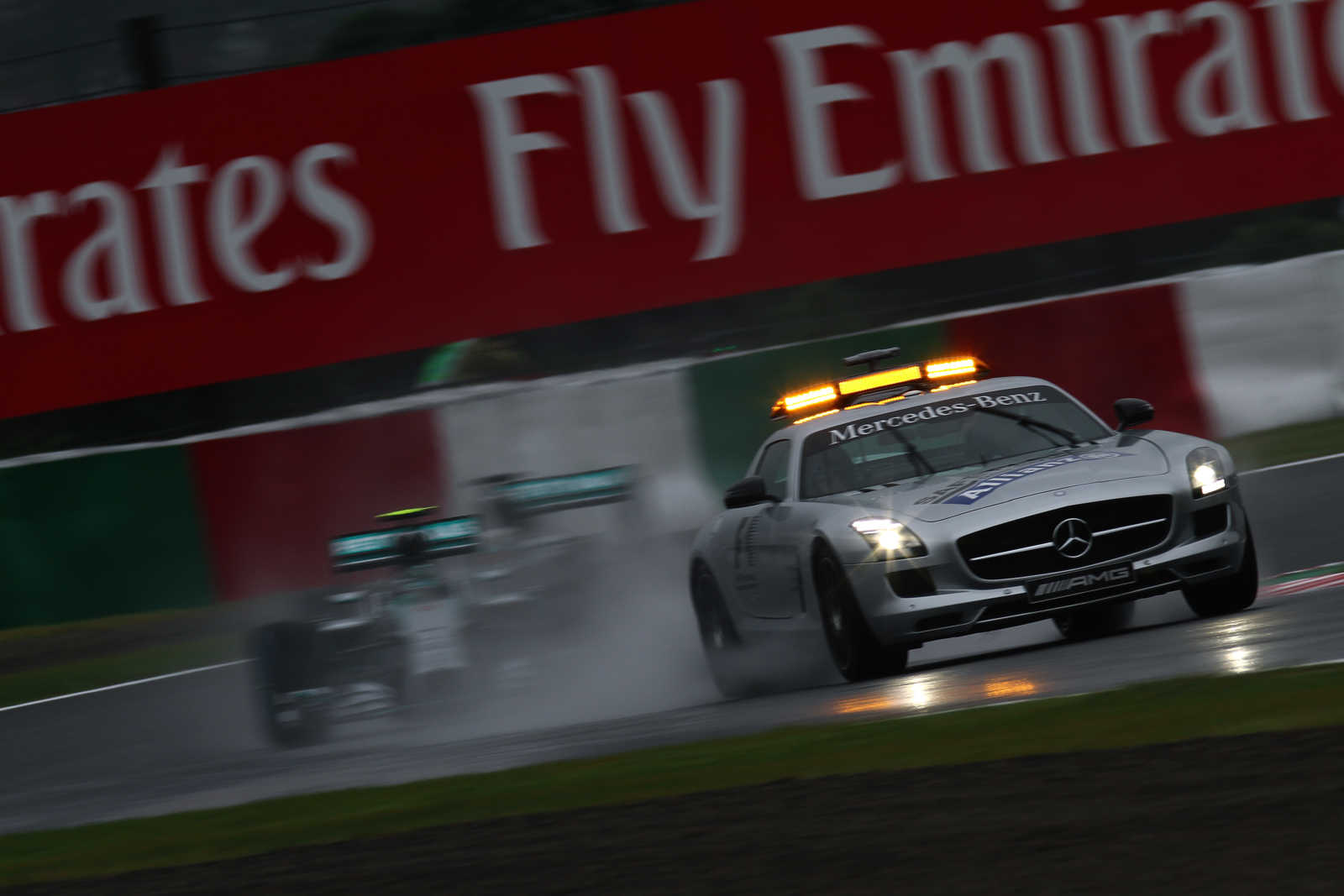
A Few Words On The History
The first safety car in F1 racing was deployed at the 1973 Canadian Grand Prix. And it was the first damn lump, as the yellow Porsche 914 mistakenly entered the track, causing confusion and inadvertently putting a driver a lap behind.
However, the need for a SC was due to the regulatory gap, as it was unclear what to do in the event of a car crashing and scattering debris on the track.
So, following several serious accidents, the safety car was formally introduced into the Formula One regulations in 1990.
Why Is The Safety Car Considered Important Today?
Today, the primary function of the safety car in Formula 1 is to ensure that the track is safe for the drivers.
And here is the thing.
Drivers are full of adrenaline and ready to overtake at any moment, but they can’t see the danger from their seats due to a limited field of view.
At that point, the team engineers cannot always judge whether conditions are safe enough to continue the race.
Marshals also monitor the situation through electronic devices placed around the track.
So, imagine a scenario where F1 drivers are racing at 60-100 km/h. The heavy rain or debris may not pose a serious threat, but at speeds three times that, navigating around such obstacles becomes dangerous.
Managing the situation becomes more difficult with the virtual safety car (VSC).
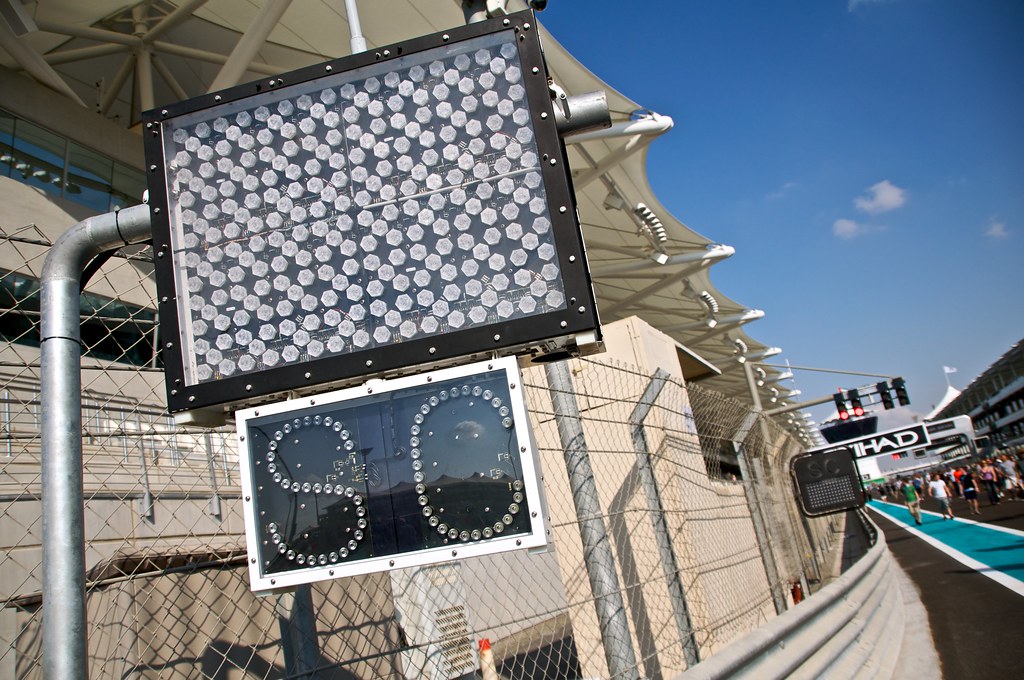
What Is A Virtual Safety Car (VSC) In Formula 1?
The first Virtual Safety Car (VSC) procedure started at the Monaco Grand Prix in 2015 and was salutary to the race.
The VSC mode minimizes race interruptions because marshalls quickly address on-track hazards while drivers maintain a reduced pace.
The main difference between VSC and SC is that the former saves time, as the appearance of the physical safety car requires additional laps.
How does it work? As with SC, the driver receives a notification on the steering wheel when the VSC period begins or ends. During the virtual safety car, all drivers must slow down to a certain delta time and cannot overtake others.
You might say, what is this F1 delta time, and how is it measured in VSC?
With completing laps, each driver has two time frames: the fastest time (the fastest he can achieve under normal race conditions) and a slower lap time (when he manages tires or fuel). Therefore, the F1 delta time is the difference between the driver’s current and reference lap times concerning these frames.
In VSC, drivers must maintain their delta. If they push hard, their delta will reflect a time closer to their best lap, while if they drive slowly, the delta will show a greater difference from the best time. And both can be safety violations.
However, the VCS process is often not sufficient to handle uncertain situations.
Why is VCS not enough to control safety?
Drivers can suddenly lose control of their cars in heavy rain or when there is too much debris on the track, creating additional risks on the track.
Imagine you are Max Verstappen driving your Red Bull at the Silverstone circuit.
You’ve just completed a lap at 300 km/h and got the VSC notification. The team alerts you that one of the drivers has crashed, scattering debris on the track ahead.
So, you slow down but see only a few pieces of the damaged car, which may cost you a puncture if you get through.
It is a crucial moment. As you cannot estimate the right trajectory to avoid the debris or the oil, one wrong move could end your race. It is like trying to skate on ice with your eyes closed.
Fortunately, the F1 safety car can help because it navigates you through the danger zones.
So it is like a teacher in the classroom. On the track, the safety car enforces order and rules.
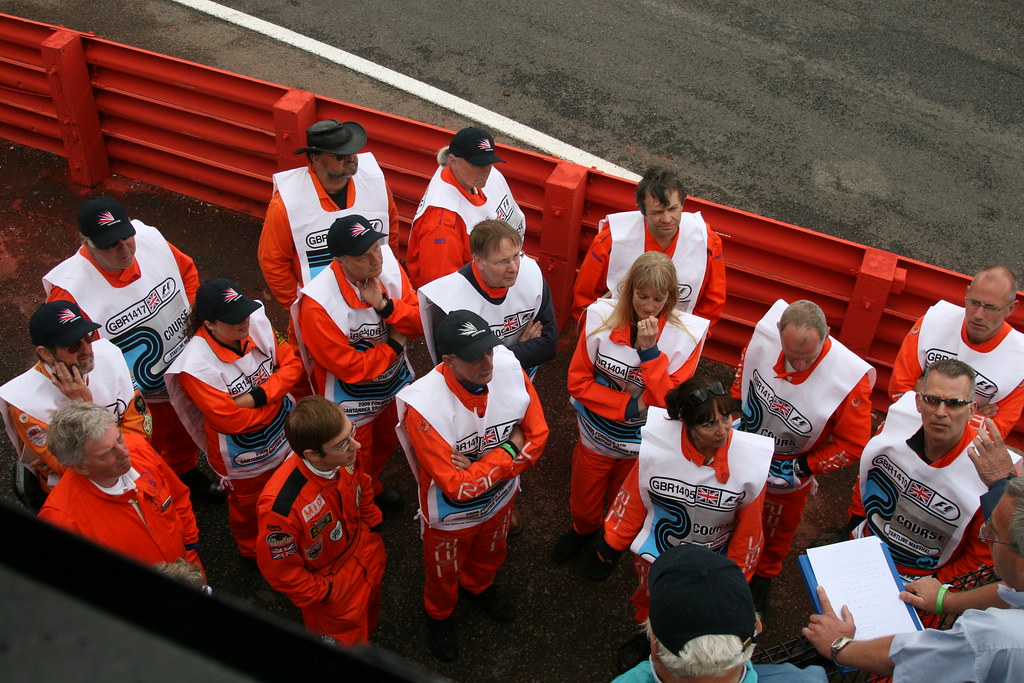
From VSC To The Red Flags: How Does It Work?
Let’s remember. The 2024 São Paulo Grand Prix seemed to have nothing stopping it, not the rushed formulation lap nor the postponed start.
Even after several cars went off the track, it was possible to manage safety with yellow flags and VSC mode. However, the situation went out of control when the heavy rain charged on lap 28. Therefore, Bernd Maylander went to see firsthand how dangerous the conditions were.
So, whether it is debris, a crash, or bad weather, the first call in an unsafe situation is the start of the Virtual Safety Car (VSC).
Next, if the danger increases, the physical safety car is deployed to the track, while marshals display ‘SC’ and wave the yellow flag – the solid color of safety issues in Formula 1.
Since then, Maylander has set his own pace, with the following F1 drivers rarely breaking 100km/h.
Here are three possibilities for the situation:
- The safety car will leave the track, and the race will continue because the marshals have cleared the track of debris and removed any other consequences of the incident.
- The safety car will stay out for a few laps if marshals’ work requires more time.
- The race will be red-flagged if the safety issue takes longer than expected due to too much debris on the track, heavy rain, or if the main barriers need to be repaired.
But this is only the ideal plan. Often, the more unsafe the situation, the more it spirals out of control, even though the rules are pretty clear.
Do’s and Don’ts: Safety Car Rules
- When a safety car comes out, the race continues.
- Drivers don’t overtake each other. All maneuvers are forbidden until the dangerous situation is resolved.
- Drivers can pit and change tires, but only when the pit lane entrance light is green. The speed reduction in the race does not extend to the pit lane, so the racers maintain the usual 80 km/h limit when boxing.
- Lapped cars can pass the safety car to get to the back of the pack, but only if the safety car light is not yellow.
- When the safety car is about to leave the track, its lights go out, indicating that it will follow the pit lane at the end of this lap.
- The race leader only can decide when to push to restart the race. It is an exciting moment.
- Drivers cannot use the Drag Reduction System (DRS) during an SC or VSC period. Besides, the DRS remains unavailable for the next two laps to ensure that all drivers to regain their racing rhythm before using it for maneuvers. However, the function remains unavailable throughout the race in heavy rain.
So, by opening the pits, the safety car brings a new thrill to the racing strategy. Its appearance can shake even the well-thought-out plans.
Sometimes, the racing strategy relies on a safety car’s appearance.
How Does The F1 Safety Car Affect Strategy?
The main effects of the SC on strategy are the ability to stop and change tires without losing time and the reduction of time gaps between drivers.
Time-Saving Stops
When Formula 1 drivers pit during a (virtual) safety car, they lose significantly less time compared to the normal course of a race, as the overall pace slows by more than 70%.
It is like switching from attack to wait mode, and it seems like nothing is happening. However, the real strategy comes into play.
The easiest way for beginners to understand this is by comparison. Let’s imagine three different situations:
Strategic Comparisons
Situation #1.
Let’s say you’re Max Verstappen. With a 20-second lead, you can change tires during a free stop because you have enough time to complete your pit stop.
The appearance of a safety car doesn’t affect your strategy.
Situation #2.
Next, imagine that you are Lando Norris in the 2024 Brazilian Grand Prix. Your pit stop coincides with the safety car coming out, costing you the lead because your closest rival, Max Verstappen, had the opportunity to pit without losing time.
A safety car reduces your advantage.
Situation #3.
Now, think that you’re Alex Albon, driving a slow Williams with no prospects of getting into the middle of the grid.
You start your 2022 Australian Grand Prix from last, but save your tires for the big moment – the safety car’s appearance. So you rush to the pits on the penultimate lap.
Here, the safety car period is the lifeline that helps you to save 10th place.
You might say, what if the accident happens at the end of the race, or the rain gets heavier towards the end?
Often in the past and very rarely today, but yes, the race can end behind the safety car, although there should be worthy circumstances for it.
Under what circumstances might a Formula 1 race end behind the safety car?
- When the weather is inclement: Persistent rain can make a race dangerous, as happened at the 2021 Spa Grand Prix, which started and finished behind the safety car.
- When the track is obstructed: If a car crash has significant consequences, the safety car can lead the field to ensure safe passage, as in Daniel Ricciardo’s at the 2022 Monza Grand Prix when his car suffered an oil leak on lap 48/53.
- When there is limited time to recover: If there is an incident near the end of the race, there may not be enough time to restart the race.
Contrary to popular belief, a serious crash doesn’t mean the race has to end behind the safety car. Thus, despite Romain Grosjean’s near-fatal accident at the 2020 Bahrain Grand Prix, the safety car ensured the track was clear, and the event continued, even though it was red-flagged for a time.
Formula 1 is about strategic planning because most situations, including the weather, can be predicted. The officials can postpone the race, but…
What If The F1 Safety Car Suffers A Mechanical Failure?
The safety car still sets off because there is always a Plan B.
Completing a high-speed Parabolica at the Monza on the Italian Grand Prix 2024, Maylander lost control of his safety car and crashed it.
Formula 1 also has other vehicles on standby, including a second safety and medical car. Organizers keep a backup safety car with the same technology and tools ready. If a problem arises, the backup can quickly take over.
Besides, the safety car undergoes regular mechanical checks to minimize failure risks. So, at the start of the Italian GP, Maylander was ready for the action at the wheel of the other Aston Martin.
The reserved professional also takes over if a medical or safety car driver can’t take the wheel.
Despite being a vital part of Formula One, the SC has been criticized.
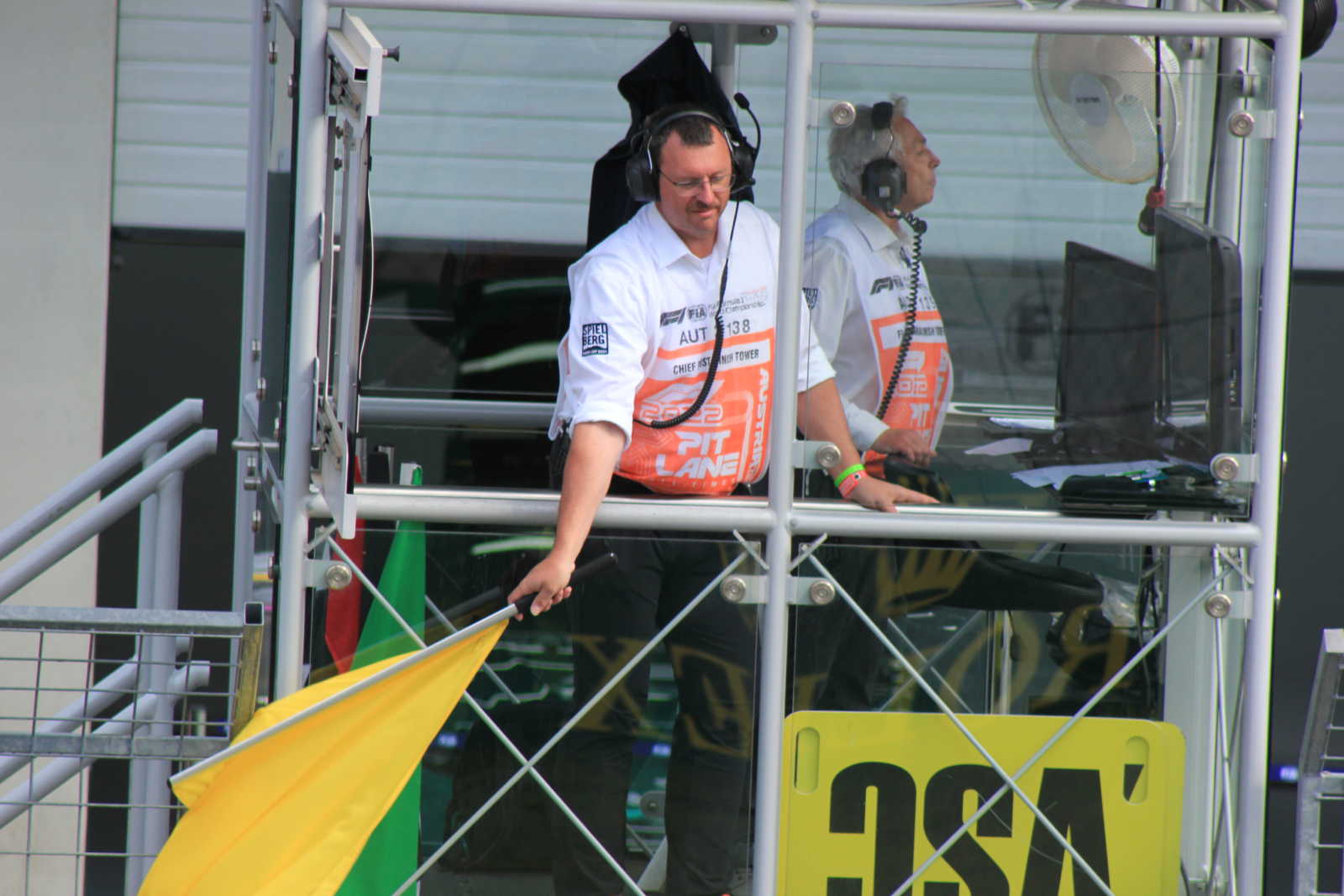
Why Do Formula 1 Drivers Complain About The Safety Car?
They express frustration with the pace. After getting used to passing the track at about 250 km/h, F1 drivers struggle to maintain the reduced speed for ten laps, causing mechanical problems. The tires get colder, resulting in a loss of grip.
However, as of the 2023 season, the safety car leaves the pit lane one minute before the race leader, allowing drivers to set their own pace and warm up their tires.
On the other hand, there’s a significant reason for the safety car’s controlled speed. Maylander points out that pushing the Safety Car to its limit at 315 km/h isn’t the goal; it’s to ensure the safety of drivers and track personnel.


Leave a Reply